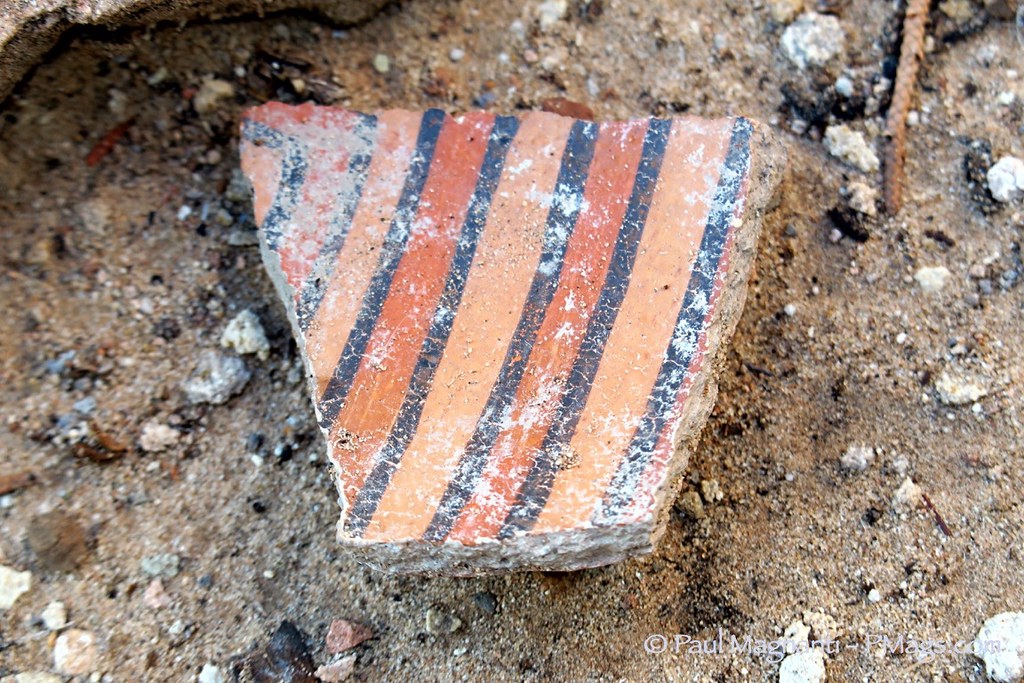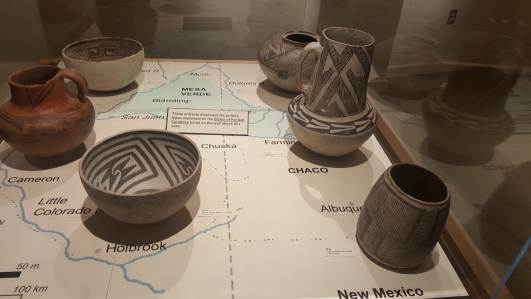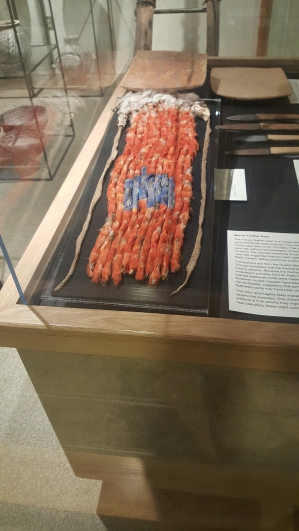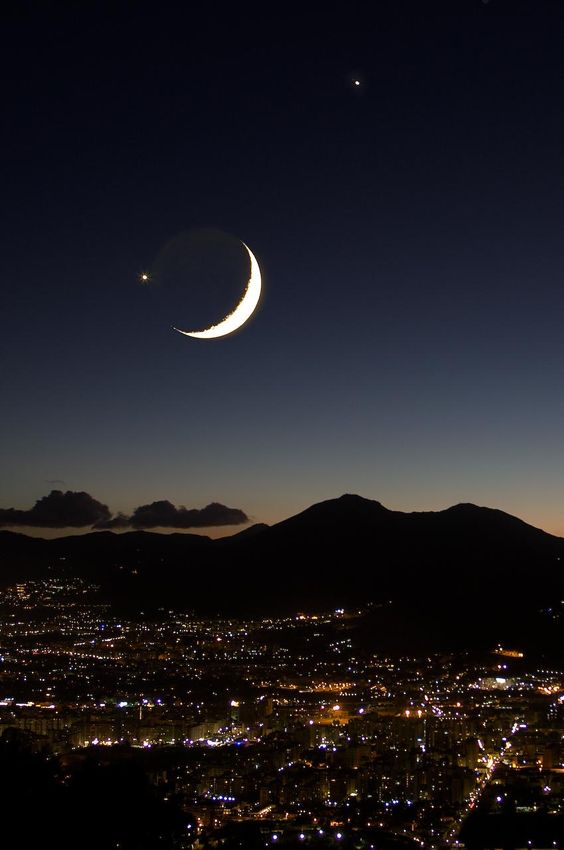“…ask for the ancient paths, Where the good way is, and walk in it; And you will find rest for your souls.” -Jeremiah 6:16
A few years ago I went to Bandelier National Monument for a weekend of backpacking.
I enjoyed the canyons, the remoteness, and being able to walk among the history of the Ancestral Pueblo people.
It was one of my favorite shorter backpacking trips I’ve done. My passion for the outdoor was satiated, and I indulged in my love of history. A potent combo for me on any trip. (And I later had some delicious New Mexico style cuisine in Taos. The trifecta of my loves was complete!)
I never forgot that trip.
I was able to walk through a museum in splendid isolation.
It was wonderful. And something I wanted to repeat at some point.
With my change of plans due to the weather in Colorado, I plotted out a new path.
A previous place was seen, a new site was explored.
As much as I enjoyed those two places, I was craving a backcountry experience, however.
I wanted to travel through a place on foot and sleep under the stars. Explore a remote canyon one step at a time. And see the Ancestral Pueblo dwellings, Rock Images, and artifacts as a person would eight-hundred or more years ago.
I grabbed a map at a gear store in Cortez, CO and plotted out a route. I’d walk the Grand Gulch Canyon system in what is (for now) Bears Ears National Monument. I’d see these places off-season and while I still could. While it was still wild and not sacrificed upon the altar of politics and cronyism.
The astute reader will notice that I used the same Biblical quotation as I used for my previous trip. The re-use of the quote is no accident. For walking the ancient paths is indeed the good way. And my soul is always refreshed after any walks among them.
I arrived at the ranger station and procured my self-service permit. Luxury and convenience typically not allowed during the prime seasons. There were few footprints in the mud and snow as I made my way into the canyon.

Not long after descending to the canyon bottom, I saw my first ancient dwelling. Marked with the usual older walls, remnants of a kiva, and many pictographs. Including a unique bear claw shaped one.

I walked further into the canyon along the cliffs. Another set of dwellings came into view later afternoon. The late afternoon light gave a warm glow to the stones. The ancient wood roof seemed only as it was left recently and not hundreds of years or even millennia ago.

The ancient way through the canyon continued to show granaries, old dwellings, ancient sites, and the remnants of trade goods and ceramics from generations ago.

I soon found a spot to call home for the evening. I slept under the stars in the colder night air. I gazed above at the clear sky and saw the Milky Way. No light pollution was to be seen. And, surprising on a holiday weekend, I had the canyon seemingly to myself.
I woke up to bright sunshine that promised warmth to come.

The canyon continued to be explored one step at a time. I’d look up towards any south-facing alcoves and almost always see tell-tale signs of the Ancient Ones. Potsherds or granaries perhaps. Sometimes some pictographs or petroglyphs. But one find was seeing a two-level Pueblo dwelling on a cliff. And it was not listed on the excellent, and detailed, NatGeo Trails Illustrated Map of this canyon. I scrambled up a bit and was dumb-founded at what was before me. Not only a two-level Pueblo dwelling but one in excellent condition. Something that could have been built in the past twenty years. Or even more recently.

I explored the ledge and saw another dwelling. And more Rock Images nearby. A unique panel of a man surrounded by hand prints. It did not look like mere doodling. But some kind of message it seemed. Religious? Directions? Telling a story? All of these aspects? I do not know. The message was lost to me looking back from the present to hundreds of years in the past. But I could still appreciate the craft, artistry, and significance of what was before me.

And I was quite pleased to discover what looked like a crescent moon and planet alignment on a panel as well.

I knew from this point that my mileage goals would no longer be met. Not because the canyon was arduous or difficult to navigate. But because there was so much to see and explore. I was in an outdoor museum full of mystery, magic, and wonder. I did not want walk fast through it. Nor could I.
Another campsite was made in the fading light. A pot of cocoa was sipped to help ward off the damp chill of the night air in the canyon bottom.

A Pueblo dwelling marked on my map was arrived at early the following morning. Being well known, some “museum displays” were made at the Pueblo site. Though not condoned by modern archeological ethics, it was admittedly interesting to see the metate, corn cobs, sherds, and remnants of charred wood from long ago.

I spotted another unmarked pictograph panel further down the canyon. Unique yellow painted figures on the canyon wall above the floor.

Not long after, I arrived at The Big Man pictograph panel. Full of figures that are rather tall and date back to 600 CE; if not before.

After three days of trekking along the ancient paths, I still had not seen anyone. One of the most famous cultural icons of the Four Corners area and I had it to myself.
Not long after this panel, I turned around. I’d do the other half of the canyon at some other point, combine it with another canyon, and make a similarly sized loop.
In the meantime, I would camp near the mouth of another canyon. It would be my third night in this wondrous area.
The new canyon would prove to be more striking from a hiking perspective the following day.

I soon came to the well-known Jailhouse Pueblo. A network of social trails led below the Pueblo and across what I am guessing to be the midden. Potsherds were in evidence. Including some black and red sherds that came from further afield in northern Arizona. Possibly as trade goods. Or, as I found out later, perhaps more in the recent past of three or four-hundred years. Maybe from the descendants of the Ancestral Pueblos making pilgrimages to the sites of their ancestors.

I clambered up to the aptly named dwelling. And again marveled at the relatively good condition of this ancient site.

The aesthetics of the canyon continued to draw me. The red rock, blue sky, and stark formations complemented the history I was exploring well.

Not far down the canyon, I spotted an access trail to The Perfect Kiva. An original kiva with only moderate reconstruction and one I could enter!

A holy site used in ages past. And still accessible to the general public.
I entered the kiva and caught the late afternoon light at the right time. Visions of Indiana Jones were admittedly playing in my head!

Perhaps the defining moment of my trip: A time and place full of mystery, beauty, wonder, and a feeling of the sacred. And in four days I still had not seen anyone.

I made my way out of the canyon and arrived at the trailhead. Much to my surprise, but admitted pleasure, I saw people for the first time in four days. I say pleasure as I was able to procure a ride and avoid a seven-mile road walk back to my car.
Sheryl, the woman who gave me a ride, told me about The Citadel Pueblo. I was intrigued and would explore the area the following day. I gave her a beer as a thank you, changed into some clean clothes and found a place to make a camp for the night along the dirt roads.

Many of these old dwellings aren’t directly listed on maps. Websites, guidebooks, or even simply word of mouth are how these places are found.
As I was walking along and into the canyon, I saw a ramp leading to a rock outcropping. Took me a little bit, but I finally realized where The Citadel was located! Doh!

A short climb later and I reached The Citadel. The view was incredible. The Abajos, I believe, was in the distance. A prominent boulder was west facing with the ramp in sight, too.


I must have been up there for an hour. Just looking and wondering about this place.

Far from any water source and well above the canyon. And in a prominent place with a sweeping view. I was reminded of Chimney Rock. A site mainly for astronomical observation. Perhaps for this site as well?
I eventually made my way back to my vehicle and enjoyed some last views of the canyon.

Still having some time and wanting to see more, I went to the well-known Moon House Pueblo.
A bumpy dirt road along a more recent ancestral path brought me to the trailhead.

A quick walk brought me into the canyon and up to the Moon House.

All day I’ve been by myself. And this area was no exception.


The BLM allows access to an inner corridor. The plaster was well preserved in the dry Utah environment and shaded from the damaging sun. A glimpse could be had of how people lived hundreds of years ago.

I walked along the cliff and spied an alcove above with a unique pictograph display. The “sickle” pictograph is unknown to me. And I have no idea what it could represent.

I went the Moon House again and walked the other way along the cliff. I had limited daylight left, but I could not pass up seeing these impressive buildings. The light of the winter sun again gave the reds a warm glow.

I hurried to my car and found an excellent spot to make camp. The setting sun over the landscape proved to be a memorable last evening.

I drove to Blanding the following day and visited the Edge of the Cedars Museum. A place I’ve been trying to get to for several years. And always seem to miss the hours!
But I finally made it to the museum. An impressive display of artifacts (including the original ladder for The Perfect Kiva!) from pottery to colorful feathers traded from all the way down in Mexico.

 After enjoying the museum, I went to the outside area where I could see a Chacoan Great House. The namesake Bears Ears buttes framed the house and was, no surprise, on a cardinal direction behind it.
After enjoying the museum, I went to the outside area where I could see a Chacoan Great House. The namesake Bears Ears buttes framed the house and was, no surprise, on a cardinal direction behind it.


I went back to the museum and inquired if the manager was around. Chris was present! We have corresponded for a while, he helped me out on my Utah walk, and it was a pleasure to meet in person. He showed me some other displays and gave me more on the history of where I walked, too.
The museum was fantastic and was a terrific way to tie my recent experiences together. And I am grateful for the extra time Chris took to show me around. Many thank yous!
Bears Ears National Monument is a special place. Not just a place of impressive canyons but also of dark skies and a repository of precious world cultural heritage.
I do not doubt that even if the truncated monument becomes a reality, that there will be some level of protection. But what will we lose in the process? A sense of wildness no longer had. Priceless cultural history and artifacts never discovered and lost. A night sky marred with “progress” with the false promise of job creation for occupations that have been supplanted by automated processes. And a Grant administration level of corruption that will line the pockets of a few and would make a Gilded Age businessman grin with glee.
Much like the Pawnee Buttes, there will be islands of wildness and wonder left in a sea of development and the marred landscape left behind. Something, no doubt, that we as taxpayers will have to clean up as well.
Bears Ears is indeed a special place. I’d hate to lose what makes this place important not just for us but for the generations that come after us.


I am so glad I bought the book LONG TRAILS. That is how I got introduced to Pmags
Great information there about hiking and gear.
Even more glad I signed up for Paul’s blog.
For me the best of all Blogs and Vlogs I follow. And I follow many
The fotos and the writing is excellent and always gets me where I live. Right up there for me with Nemo and Edward Abbey to name but two.
Thanks for all you do.
Sincerely ”
Yermo
Thank you for the very kind words.
Fun fact, there’s another ruin named Perfect Kiva, this one in Slickhorn Canyon, one canyon system to the south. BLM allows entrance to both of them – and both of them are very neat.
That’s part of my next loop. 🙂
thank you for sharing. Bears Ears looks awesome. can’t wait to visit.
Thank you so much for providing this spectacular look into what we are losing (unless the lawsuits filed by the tribes and Earth Justice succeed).
Great story!!! You just may have pushed my annual Moab Spring Break trip, with my son, a little farther south this year. Any good resources you recommend for planning a trip down there?
Just “down the road” from Moab (more or less!) near Blanding. Definitely worth checking out. The NatGeo Cedar Mesa / Grand Gulch Map is highly suggested:
https://www.amazon.com/Grand-Gulch-Cedar-Mesa-Plateau/dp/1566953073
This book was suggested for me (if some of the details are a little outdated for permits)
https://www.amazon.com/Hiking-Guide-Cedar-Mesa/dp/0874806801
Finally, many websites are very helpful. I’d use the map and book above, then Google search for more details based on what looks good.
Hope this helps!
We made it down over Spring Break. WOW!!!! 4 days of car camping was not enough to even scratch the surface of this place. I can’t wait to head back again. Now that I have a little better feeling for the place I can pre-plan a little better.
Thanks for the initial blog post!
The place is amazing. It is always calling back to me!
Grand Gulch was one of three finalists for my annual Southern UT trip this year! I just decided on the Maze instead though… too many awesome places that I’ve never been. I may end up regretting the decision though if that region does change permanently for the worse